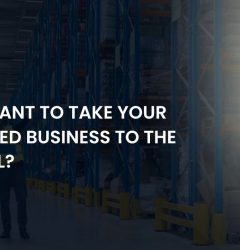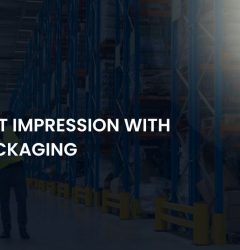13 Dec
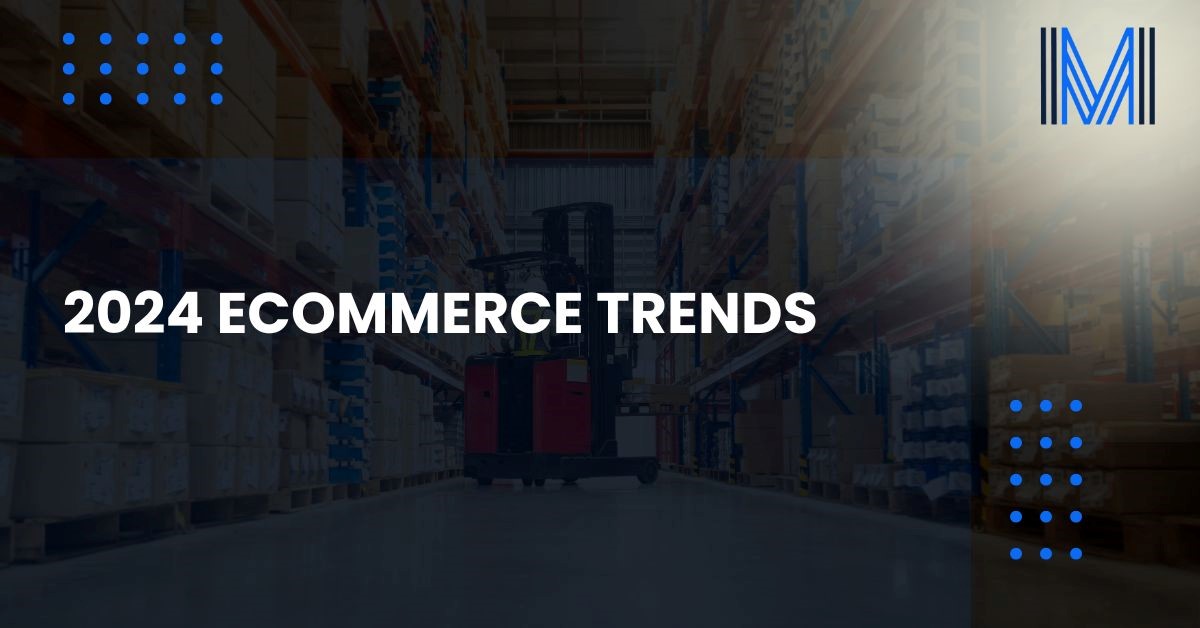
The world of eCommerce is rapidly changing, and businesses need to adapt to stay competitive. With emerging technologies, evolving consumer behaviours, and innovative tools, the way businesses operate continues to be reshaped. In today’s landscape, offering a great product alone isn’t enough; staying up to date with the latest trends is essential for growth.
Looking toward future trends is the best way for online stores to stay ahead of the curve. These trends will be critical for anyone planning to launch or grow their online business in 2024.
12 eCommerce Trends to Watch in 2024
For any eCommerce business, achieving positive growth is a key objective. By implementing the right strategies and leveraging emerging trends, you can attract more customers, boost revenue, and provide reliable, high-quality service.
The global eCommerce market is expected to reach a staggering $7.4 trillion USD by 2024, proving there’s ample opportunity for businesses to thrive in the digital marketplace. Here are seven eCommerce trends that will dominate in 2024 and help businesses stay ahead of the competition.
1. Leverage TikTok and Other Social Media Tools
Social media’s influence on consumer behaviour is undeniable, and in 2024, its role in eCommerce will only grow stronger. TikTok, in particular, has revolutionised how retailers connect with a broad audience, making it one of the most attractive platforms for online retailers.
TikTok’s growing popularity has increased competition among eCommerce stores, so optimising your content to reach a larger audience is crucial. In 2023, TikTok Shop emerged as a powerful sales tool for retailers, offering a seamless way to sell products directly on the platform. By leveraging TikTok’s growing ecosystem, along with other social media tools, you can engage your audience and increase conversions.
Actionable Tip: Create a TikTok marketing plan that includes short, engaging videos showcasing your products, with a strong focus on trends and viral challenges.
2. Embrace Short-Form and Shoppable Videos
Short-form videos, such as those on TikTok and Instagram Reels, continue to gain traction as a popular format for marketing and entertainment. These bite-sized clips are perfect for delivering quick, impactful messages to consumers, making them an ideal tool for eCommerce marketing.
Shoppable videos take this trend a step further by allowing customers to purchase directly from the content. These immersive shopping experiences streamline the purchasing process and make it easier for customers to buy your products.
Actionable Tip: Start creating short-form, shoppable videos that highlight your products’ key features. Use trending music and effects to increase your content’s visibility and engagement on social media.
3. Prioritise Mobile-First Design
Mobile commerce, or mCommerce, is dominating the eCommerce landscape. In 2023, over 60% of global eCommerce sales were made on mobile devices, and this percentage is expected to increase in 2024. Consumers now expect seamless shopping experiences on their mobile devices, and retailers who fail to deliver risk losing customers to competitors.
Optimising your website for mobile use is crucial. Ensuring fast loading times, intuitive navigation, and a mobile-friendly checkout process can significantly improve your conversion rates and customer satisfaction.
Actionable Tip: Conduct a mobile audit of your website to identify any areas that may cause friction for mobile users. Focus on optimising page speed, simplifying navigation, and ensuring that your checkout process is seamless across devices.
4. Strengthen Your Supply Chain
The global supply chain experienced significant disruptions during the COVID-19 pandemic, exposing vulnerabilities in inventory management and delivery systems. While many of these challenges are expected to stabilise, optimising your supply chain is still critical to ensure smooth operations and resilience against future disruptions.
eCommerce businesses should focus on increasing the efficiency and flexibility of their supply chains. By doing so, you can minimise potential delays, ensure timely deliveries, and meet customer expectations for fast shipping.
Actionable Tip: Invest in supply chain management tools that offer real-time tracking and inventory optimisation. Consider working with local suppliers to reduce dependency on global supply chains and shorten delivery times.
5. Offer Direct and Efficient Customer Service
As more consumers engage with brands on social media, they expect real-time responses through direct messages (DMs). Over 60% of customers in the U.S. prefer communicating with brands via DMs, while 43% of businesses have integrated direct messaging into their customer service strategy. Social media has made it easier than ever for customers to interact with businesses, ask questions, and receive prompt support.
In 2024, direct messaging will continue to grow as a primary customer service channel. Businesses that prioritise fast, efficient communication through social media platforms can build stronger relationships with customers and reduce friction during the buying process.
Actionable Tip: Implement customer relationship management (CRM) software that integrates social media DMs, ensuring your customer service team can respond to inquiries quickly and efficiently across multiple channels.
6. Promote Sustainable Shopping Experiences
There’s a growing consumer demand for sustainable packaging options, and according to consumer reports, this trend is expected to grow significantly in 2024. As climate concerns continue to rise, consumers increasingly expect brands to take a more sustainable approach to their operations.
eCommerce businesses that offer sustainable packaging, recyclable shipping materials, and eco-conscious practices can attract environmentally conscious customers. In fact, companies with a climate-first approach are growing 5.8 times faster than their competitors, as they appeal to a new generation of eco-aware consumers.
Actionable Tip: Start offering sustainable packaging options and promote your commitment to environmental responsibility. Highlight your eco-friendly practices in your marketing efforts to resonate with today’s environmentally conscious shoppers.
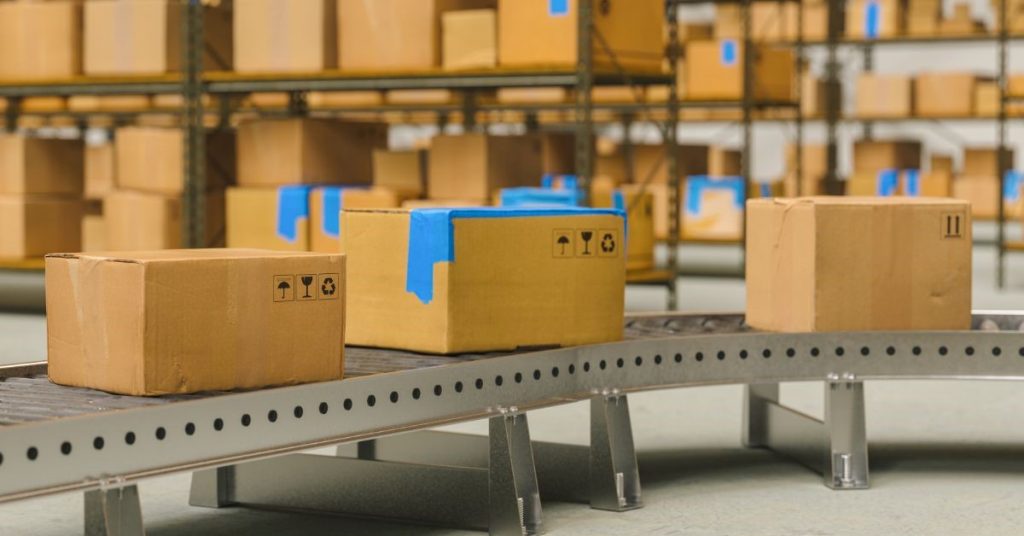
7. Optimise Your Shipping Strategy
Fast and reliable shipping has become a non-negotiable expectation for eCommerce customers. In 2024, speedy delivery will remain a key factor in driving sales, with 88% of customers stating they are willing to pay more for faster shipping options.
As competition in the eCommerce space continues to increase, businesses must optimise their shipping strategies to stay competitive. Offering a range of delivery options, such as same-day or next-day delivery, and utilising advanced logistics tools can help ensure that your business meets customer demands for fast service.
Actionable Tip: Collaborate with multiple logistics partners to offer a variety of shipping options, including expedited delivery. Utilise data analytics to identify the most efficient shipping routes and ensure timely deliveries.
8: Offer Personalisation
In an age where consumers are inundated with options, personalisation has become a powerful tool for eCommerce brands to stand out. Personalisation not only enhances customer experience but also fosters brand loyalty and builds strong relationships with your audience.
For the upcoming year, brands must harness innovative technologies and emerging sales tools to tailor experiences to customer needs. It’s essential to look beyond who your customers are today and consider who they might become tomorrow.
Predicting consumer behavior can be challenging, but effective personalisation strategies can simplify this process. Here are some effective methods to implement:
- Tailored Emails: Send personalised emails based on purchase history and browsing behavior. Studies show that personalised emails can increase click-through rates by 14% and conversion rates by 10%.
- Exclusive Discounts: Offer unique discount codes for returning customers to encourage repeat purchases. According to research, 67% of consumers are more likely to buy from brands that provide personalised offers.
- Customized Packaging: Create memorable unboxing experiences with personalised packaging that resonates with your brand. Unique packaging can enhance customer satisfaction and promote social sharing, further boosting brand visibility.
By investing in personalisation, you can significantly improve customer satisfaction and drive repeat business.
9: Provide More Value
With rising inflation affecting consumer spending, many shoppers expect better value for their purchases in 2024. While increasing sales is important, brands should also address consumer pain points to build a more effective marketing strategy.
As economic challenges persist, a recent survey found that nearly 74% of consumers expect lower prices in 2024 due to inflation. Brands must provide better value while maintaining competitive prices.
However, not every eCommerce business can lower prices without compromising quality. In such cases, online retailers should focus on enhancing customer service and offering free perks to maintain brand loyalty. Integrating a subscription or rewards program can enrich the shopping experience and foster repeat business.
- Enhance Customer Service: Providing exceptional support can create a loyal customer base willing to pay a premium for reliability.
- Offer Free Perks: Consider implementing free shipping, loyalty points, or complimentary gifts with purchases to add value without slashing prices.
By providing these value-driven strategies, brands can maintain customer loyalty even in challenging economic times.
10: Use Chatbots for Help
Chatbots have evolved from simple website features to essential components of customer service in eCommerce. Implementing a chatbot on your website can bridge the gap between your brand and customers.
AI-powered chatbots assist customers by navigating your website, answering product queries, and facilitating returns. These tools enhance the customer journey and can significantly influence purchase decisions. Research shows that 70% of consumers prefer using chatbots for quick communication with brands.
- 24/7 Availability: Chatbots provide round-the-clock support, ensuring customers receive immediate assistance regardless of time.
- Order Tracking: Enable chatbots to offer real-time order tracking information, enhancing the customer experience and reducing inquiry volume.
Utilising chatbots effectively can also streamline your eCommerce order fulfillment service, ensuring your customers have the information they need to make confident purchasing decisions.
11: Allow Voice-Enabled Search
With the increasing popularity of smart home assistant devices, eCommerce retailers should optimise for voice search to capture this growing market. As of 2023, there are approximately 4.2 billion instances of voice assistant usage worldwide, projected to double to 8.4 billion by 2024.
This trend highlights the necessity for eCommerce companies to optimise their websites for voice search. Ensuring your business is easily discoverable through voice queries is crucial, as many consumers prefer shopping through voice-activated methods.
- Local SEO Optimisation: Since voice search is often local, update your Google Business listing and optimise your website for local keywords to enhance visibility.
- Natural Language Content: Use conversational language in your content to align with how users phrase their voice queries.
Optimising for voice search can not only enhance customer experience but also improve your visibility in local searches, especially for services like ecommerce fulfillment for pet supplies.
12: Use 3PLs to Streamline Your Supply Chain
As eCommerce continues to grow, so do costs and labour demands. Partnering with a third-party logistics (3PL) provider can significantly enhance your operational efficiency. Many companies are opting for 3PLs to streamline their supply chains and reduce costs.
A 3PL provider like Meteor Space can handle dedicated packaging services for order fulfillment while maintaining all your inventory in one centralised location. This tech-based system offers complete visibility of your stock levels and movements.
- Comprehensive Services: 3PLs offer services such as inventory tracking, return handling, and shipping logistics, ensuring smooth operations with minimal errors.
- Scalability: As your business grows, a 3PL can adapt to your evolving needs, providing flexibility in storage and fulfillment solutions.
By utilising 3PLs, your business can enhance order fulfillment services, allowing you to focus on growth while maintaining efficiency.
The Bottom Line on The Future of eCommerce in 2024
In the fast-paced world of eCommerce, retailers must proactively embrace emerging technologies and marketing strategies to connect with their audience. Staying updated on the latest trends and resources will help you scale your business and keep customers satisfied.
How Meteor Space Can Help with Your eCommerce in 2024?
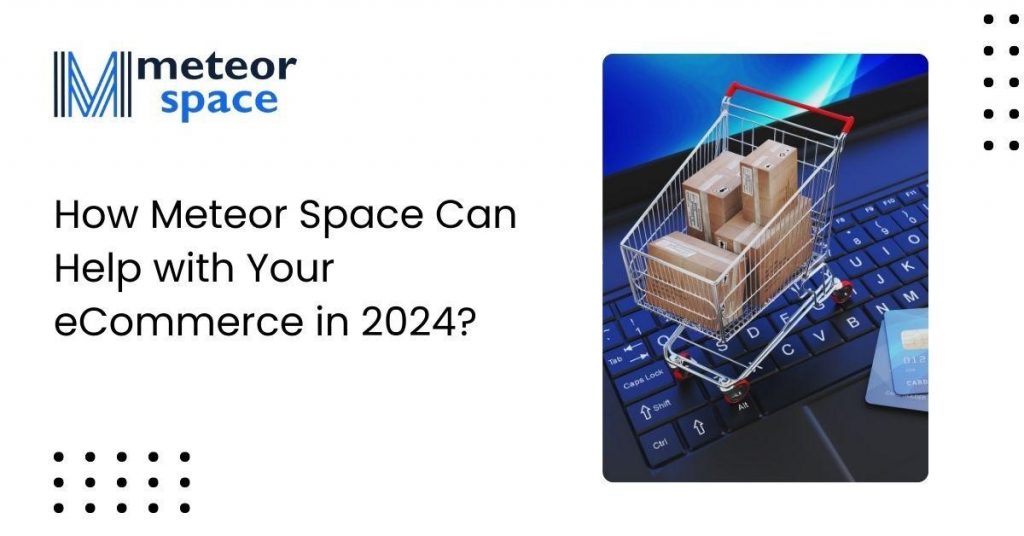
If you’re seeking a quality 3PL service that provides excellent ecommerce fulfillment for pet supplies and other products, look no further than Meteor Space. We offer a range of features designed to support online stores in managing packaging and shipping needs efficiently.
Our expert team is equipped to help you navigate peak sales seasons without sacrificing efficiency. With technology-driven services, you can stay on top of your inventory with ease.
Here’s a look at some additional features of our fulfillment service:
- Technology-Driven Inventory Management: Our efficient warehouse management system uses the latest technology to keep your stock organized. This software automates the order fulfillment process and provides 360-degree visibility of all operations.
- Same-Day Shipping: For customers who prioritise fast delivery, Meteor Space partners with reputable carriers to ship orders quickly and safely.
- Quick Integration: Our system allows for seamless integration of your fulfillment processes in just a few clicks, saving you time to focus on business growth.
- Customizable Storage Systems: We offer customizable storage options to meet the unique demands of every business, ensuring that your fulfillment processes remain flexible and efficient.
- Real-Time Inventory Tracking and Alerts: Our custom warehouse software provides accurate inventory forecasting and keeps you informed about stock levels, helping to prevent delivery delays and enhance customer satisfaction.
With our warehouse services for eCommerce, you can ensure your operations run smoothly while meeting customer demands effectively.
By implementing these strategies, your eCommerce business can thrive in the competitive landscape of 2024. Embrace innovation, focus on customer needs, and prepare to adapt to the ever-changing market dynamics.

